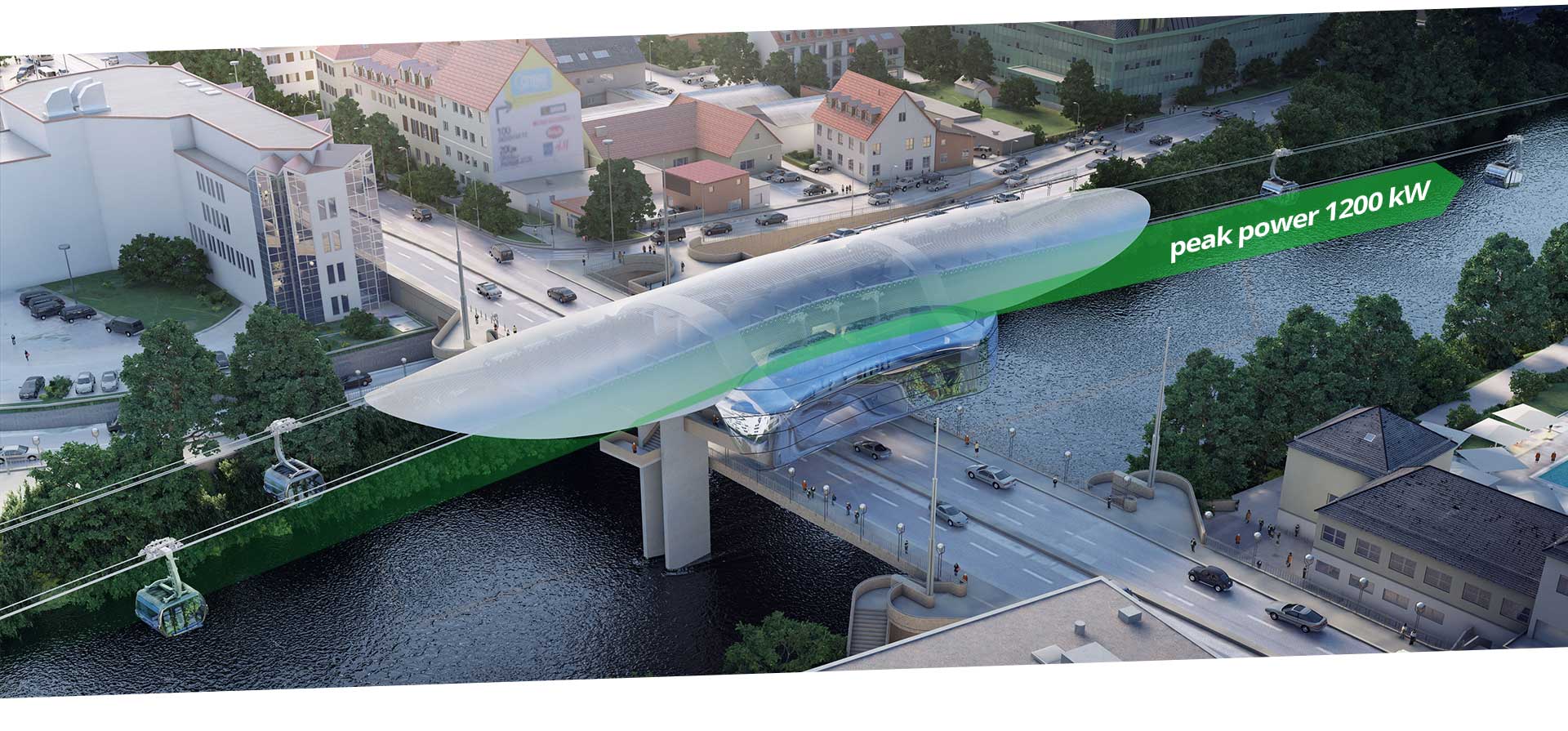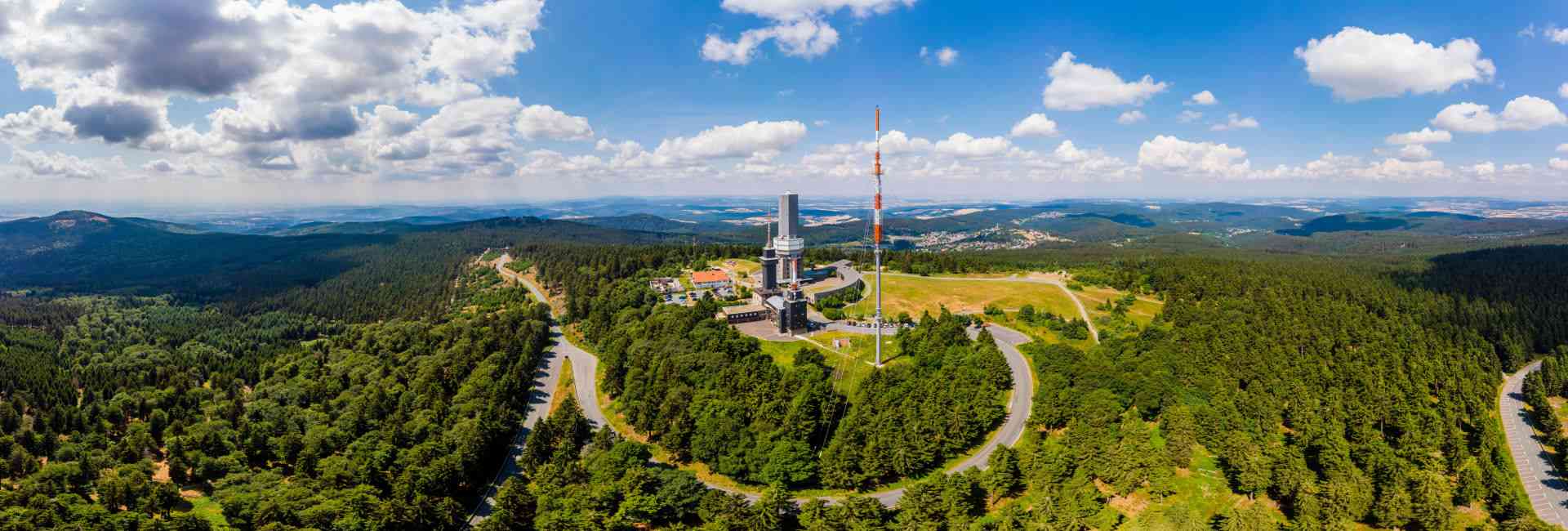
Public Transport-Tourism Gondola Hochtaunuskreis Frankfurt | Feasibility Study
Rhine-Main Transport Association (RMV)
Germany
2019 – 2020
Mono-cable Gondola Detachable (MGD), Bi-cable Gondola Detachable (BGD)
Project description
The aim of the cable car study is to make statements on the feasibility of cable cars integrated into the public transport network in the area of the RMV. The study should provide a general overview of the relevant legal, technical, transportation and financial aspects as well as a basic investigation of a specific gondola line in the “Hochtaunuskreis” area, which is part of the Frankfurt city region.
Under the meanwhile given condition that cable cars can be generally funded by the public sector, the proof of the total economic profitability is an essential aspect of the feasibility study. Because the methods accepted for this verification are oriented towards the classic forms of public transport, it is part of the study’s purpose to adapt these methods in a suitable manner to the deviating framework conditions of cable car applications in order to achieve comparable statements.
The findings and results of the study should not only serve to evaluate the cable car line but should also be used for potential further cable car planning at other possible locations in the Rhine-Main region.
Specifically, it had to be examined to what extent a cable car linking the community of “Schmitten” via an intermediate station on the “Großer Feldberg” with the “Oberursel-Hohemark” metro station could be presented as a public transport project. Potentials of this connection were assumed firstly in the improvement of the connection of communities of the “Usinger Land (Schmitten, Weilrod)” to the regional centers and secondly in the tourist demand, which should be boosted by the cable car and shifted more to public transport.
The study concludes that a cable car integrated into the public transport network does not achieve enough benefits to justify the costs of construction and operation. The reasons for this are the low traffic demand and the limited travel time benefits that can be achieved. However, a purely tourist cable car from “Oberursel-Hohemark” to “Großer Feldberg” could be profitable if a touristic concept would be developed.
Service description
The following topics were part of the feasibility study:
- Track alignment and determination of station locations and supports.
- Property demand analysis
- Legal framework and conflict potentials
- System design and definition of system parameters
- Static rope line calculation
- Preparation of site plan and longitudinal section
- Preliminary station and tower design
- Cabin drawings and renderings
- Analysis of cable car operation and safety
- Rough project schedule
- Estimation of investment and O&M costs
- Life cycle cost analysis
- Overall economic profitability calculations according to standardized procedure
- Strategy for integration into public transport network
- Development of ticket models for public transport and tourist use
- Execution of economic profitability calculations for touristic use
- Conclusion and recommendation
